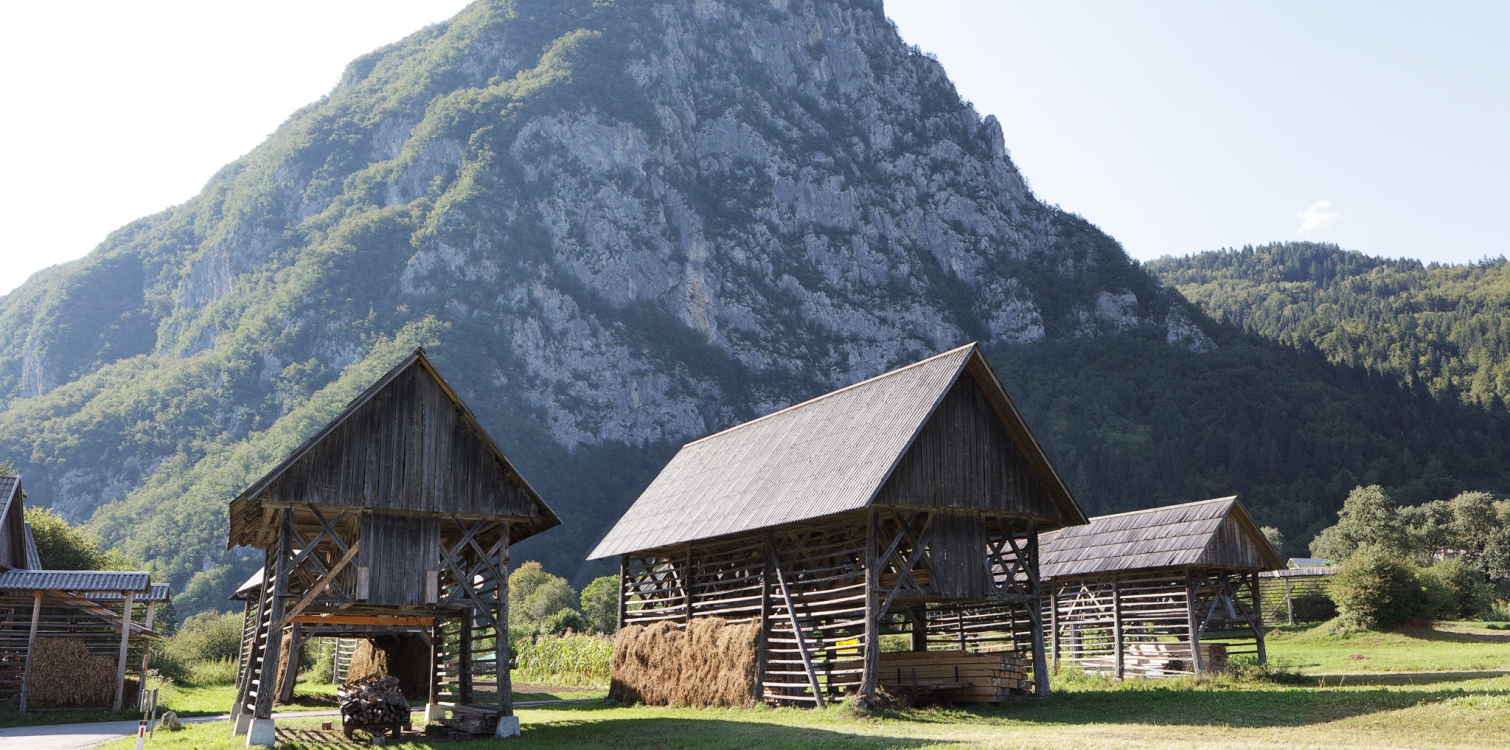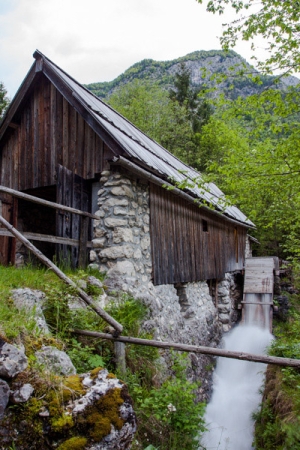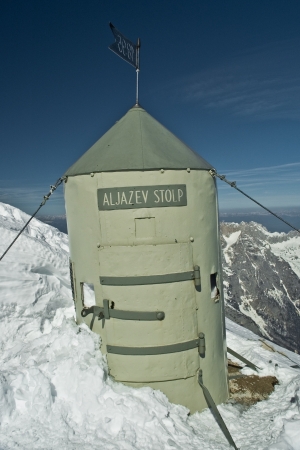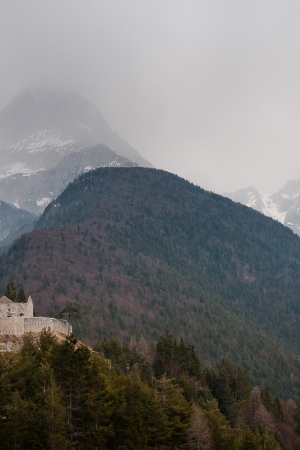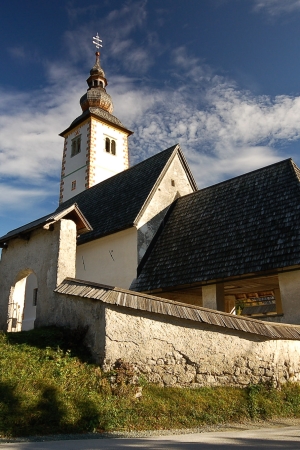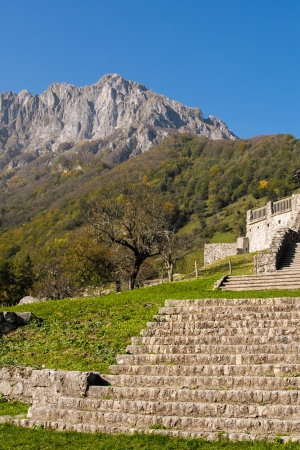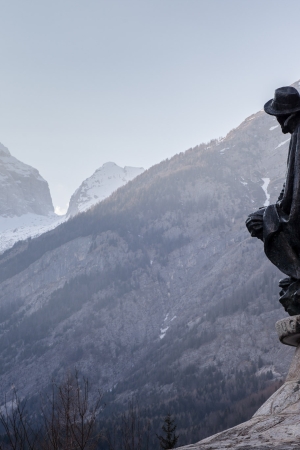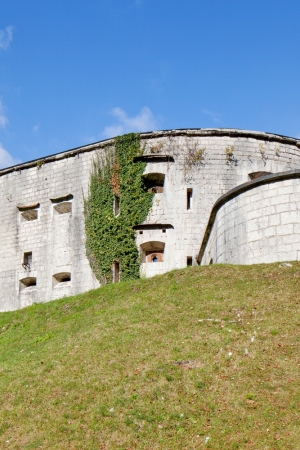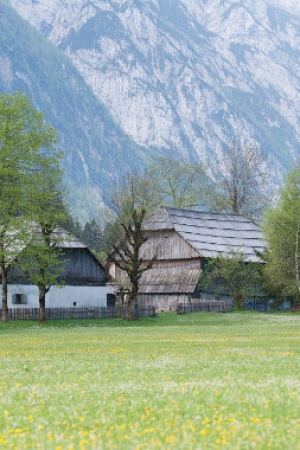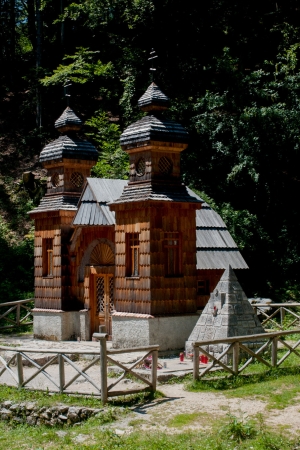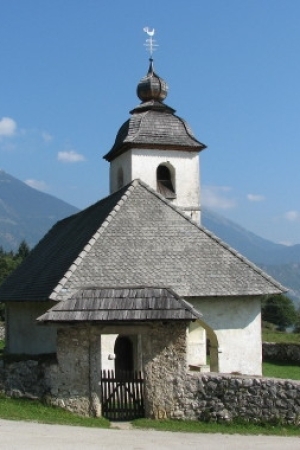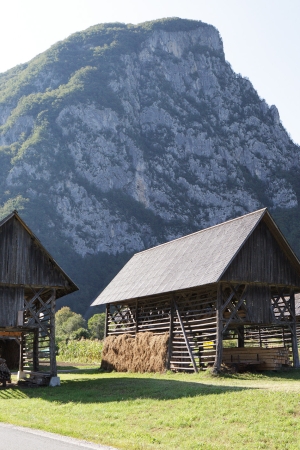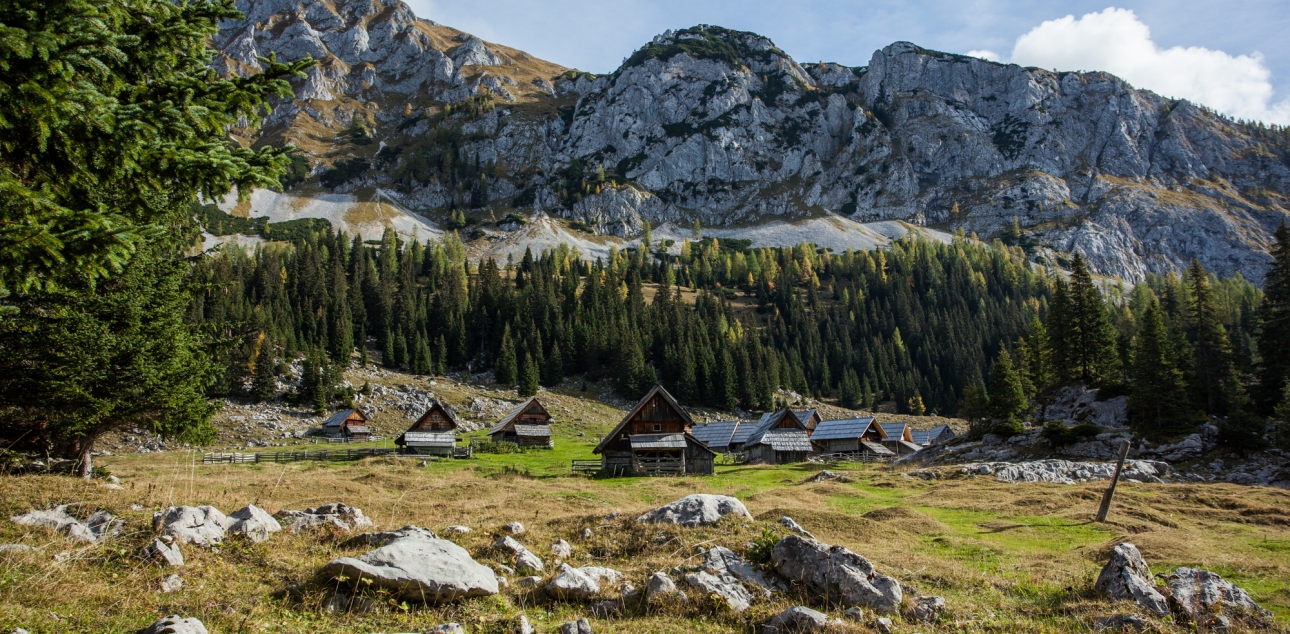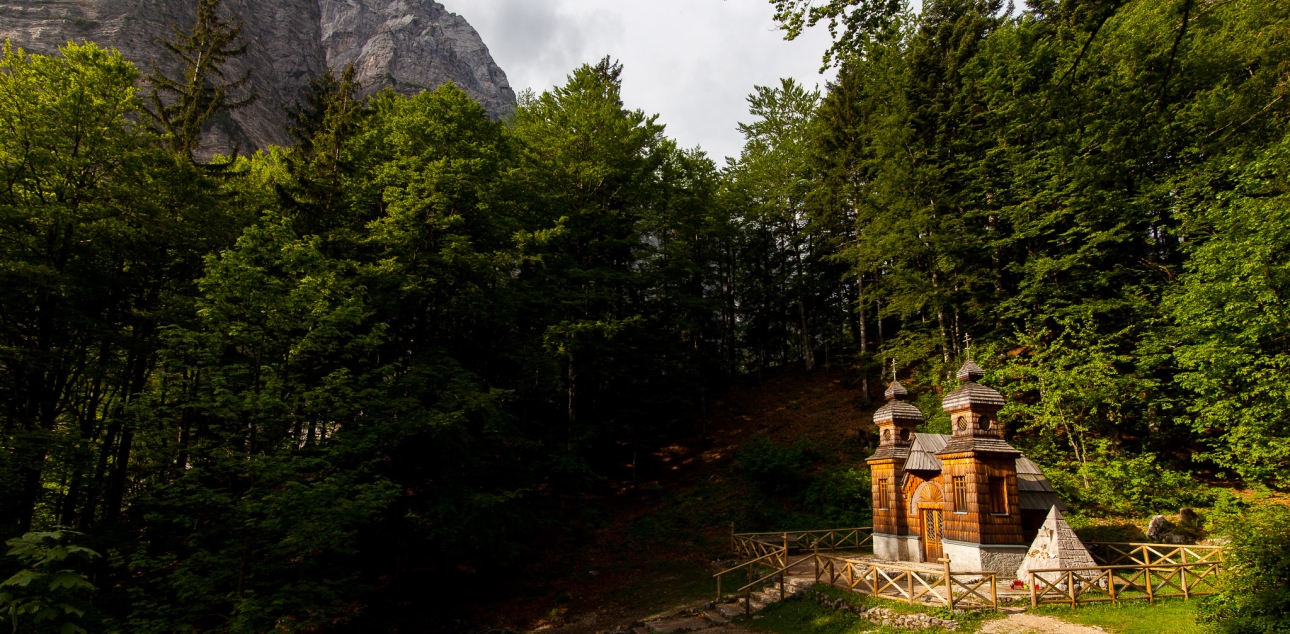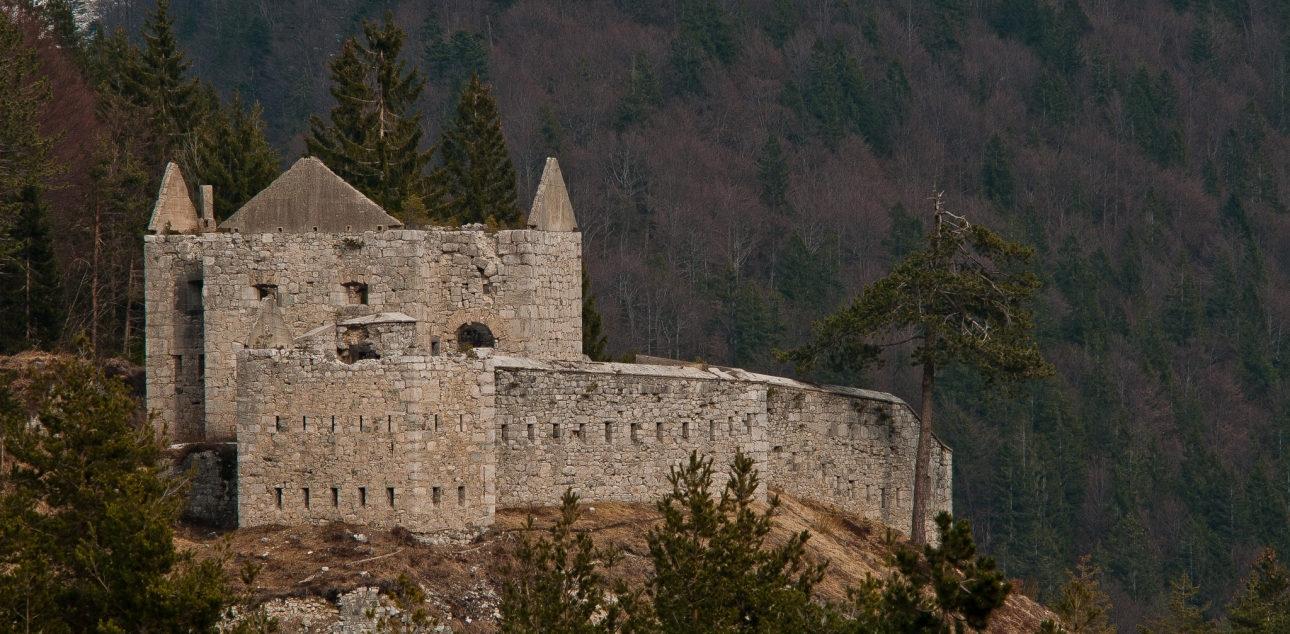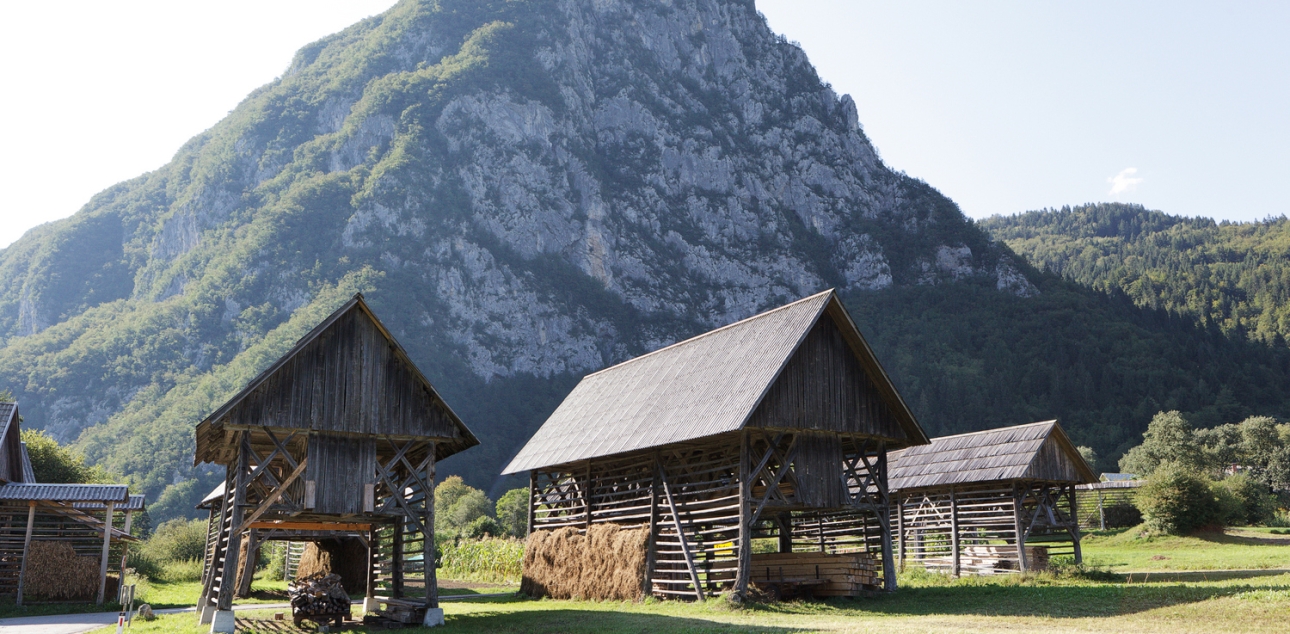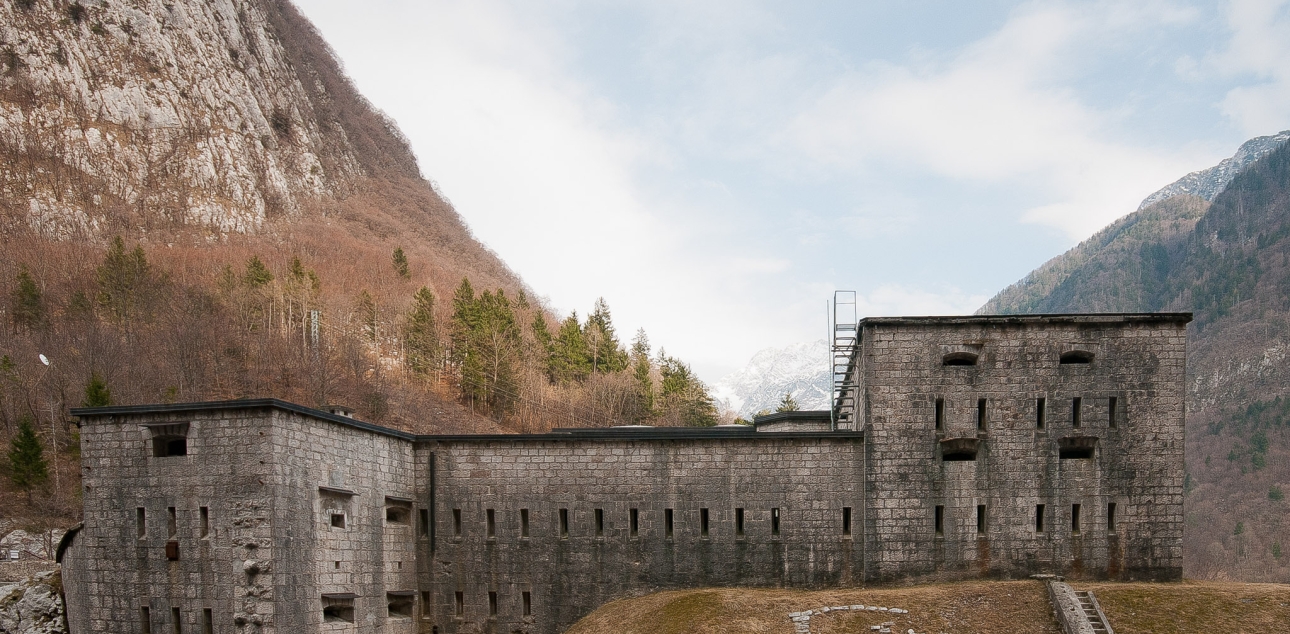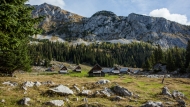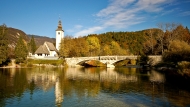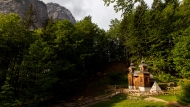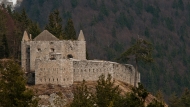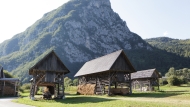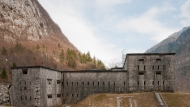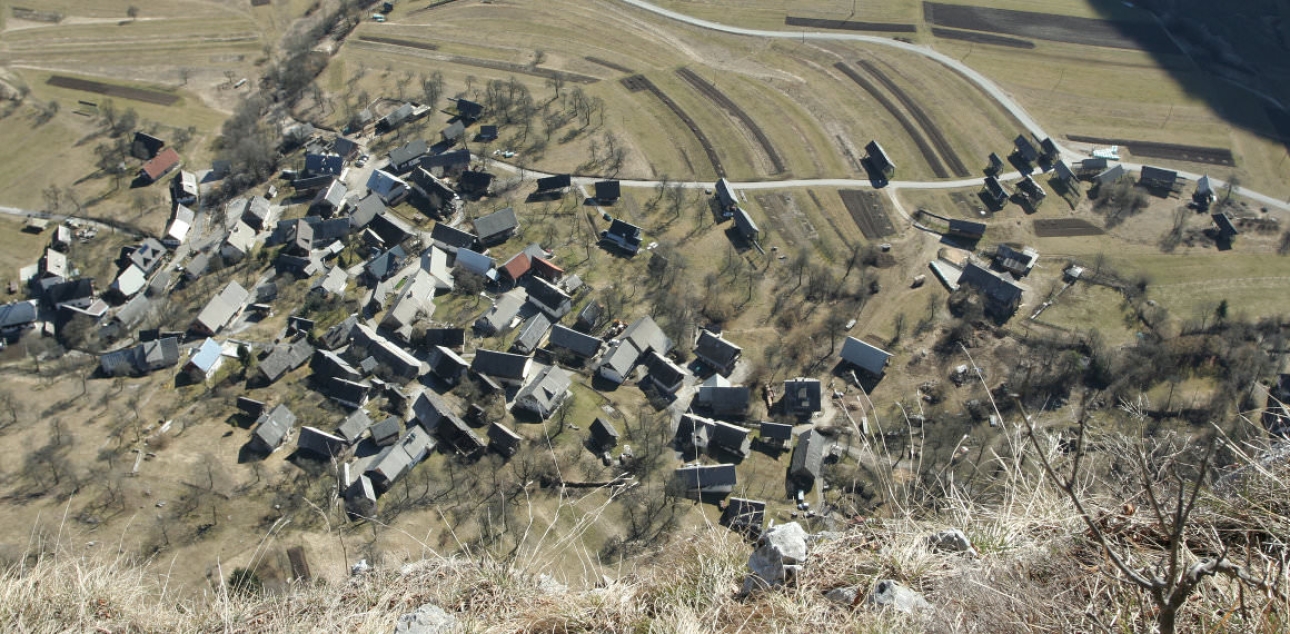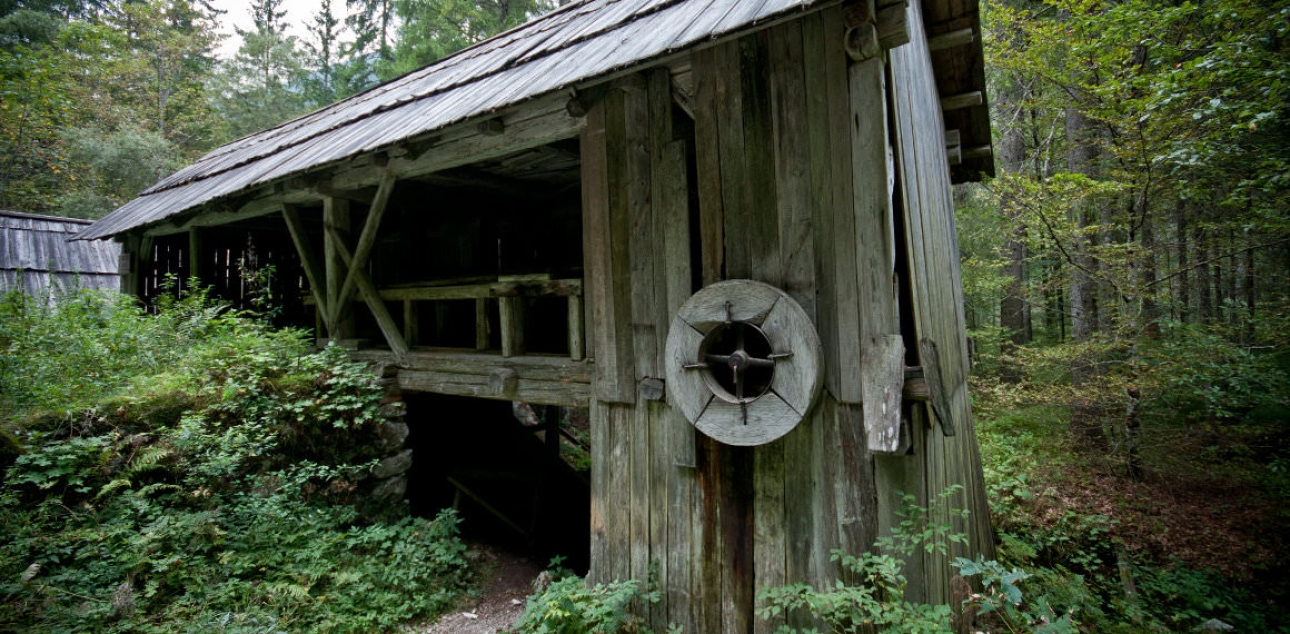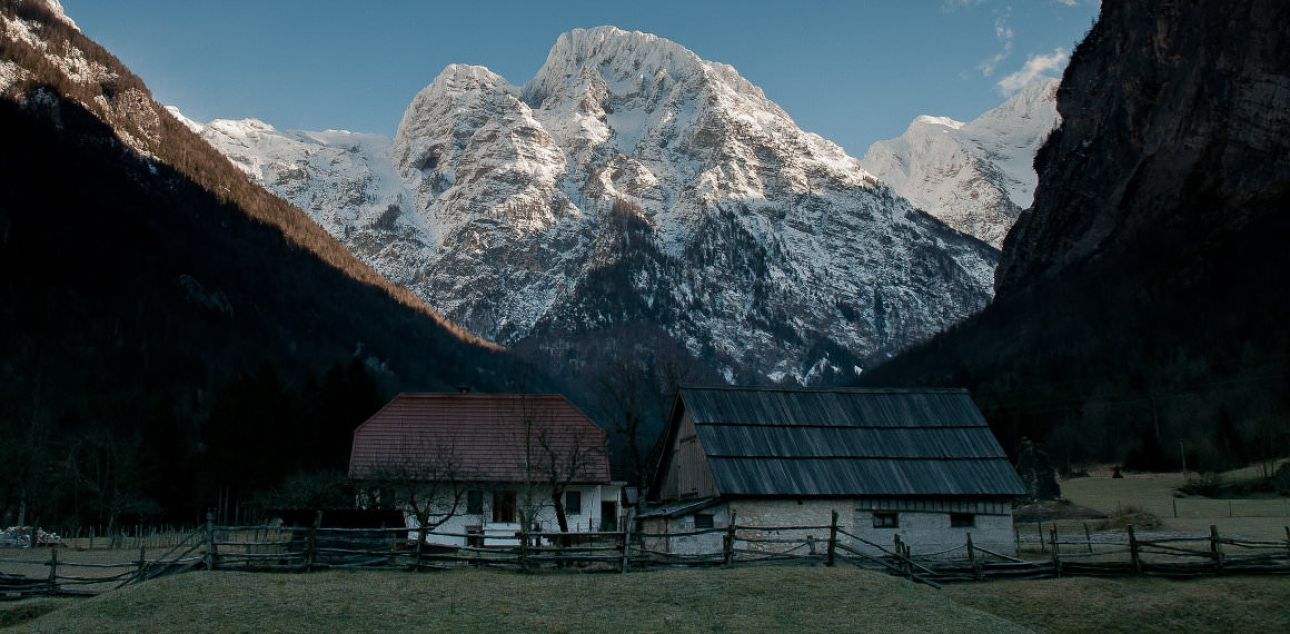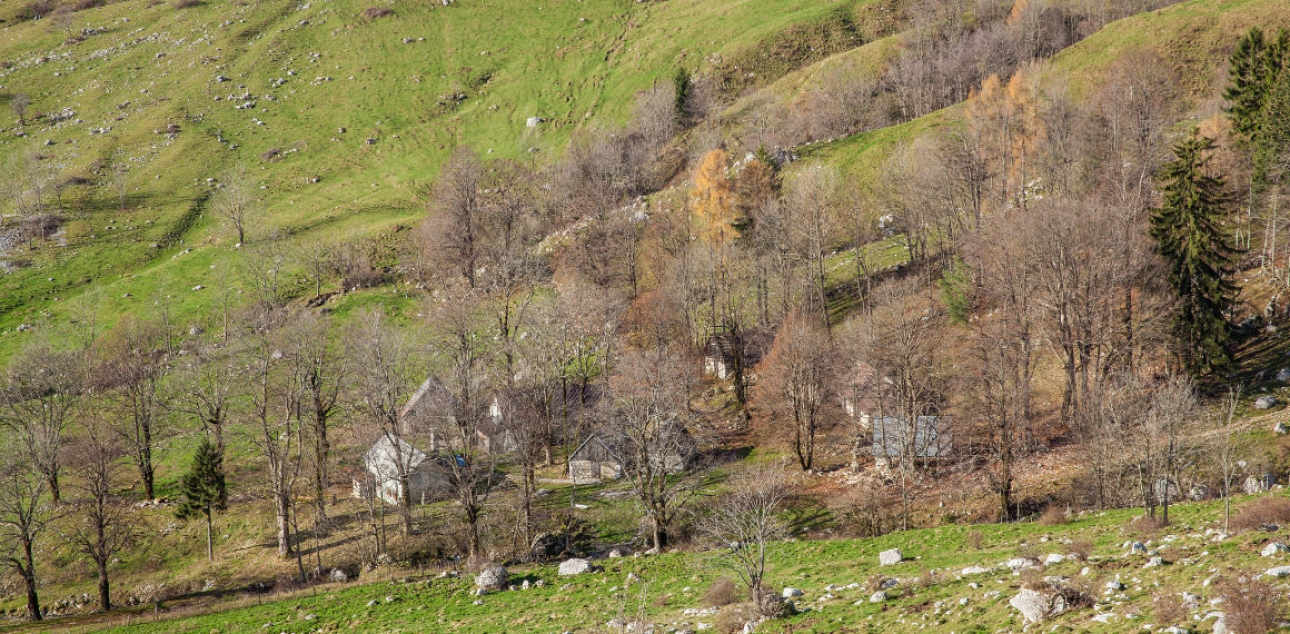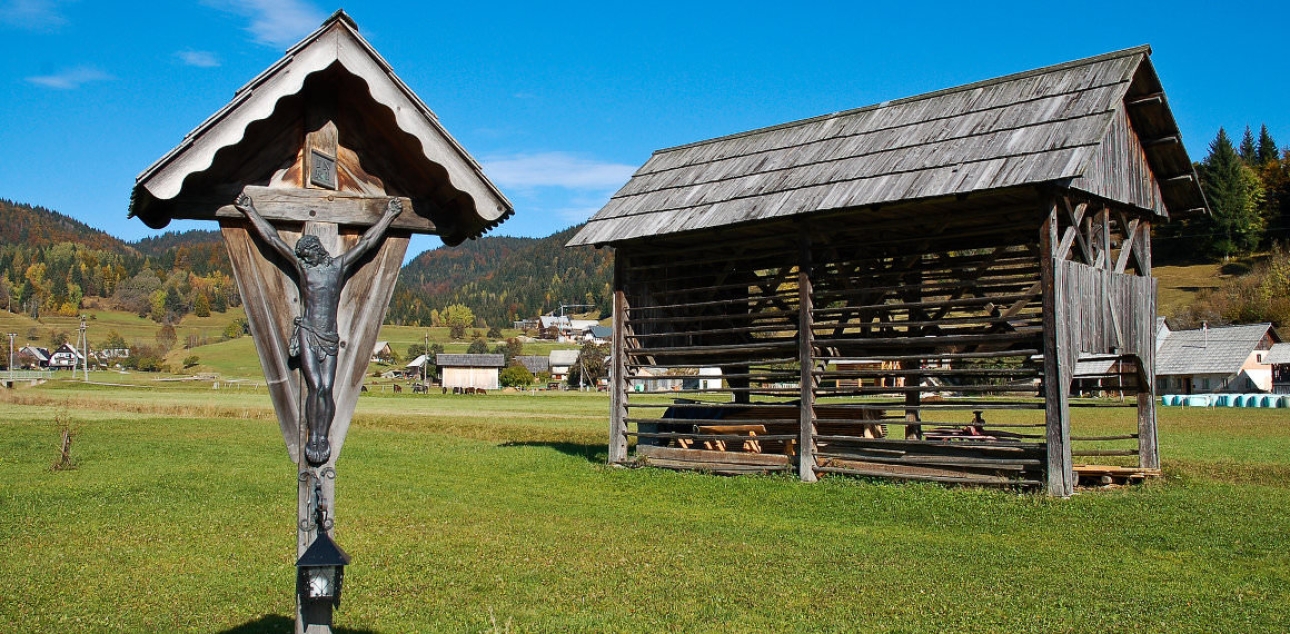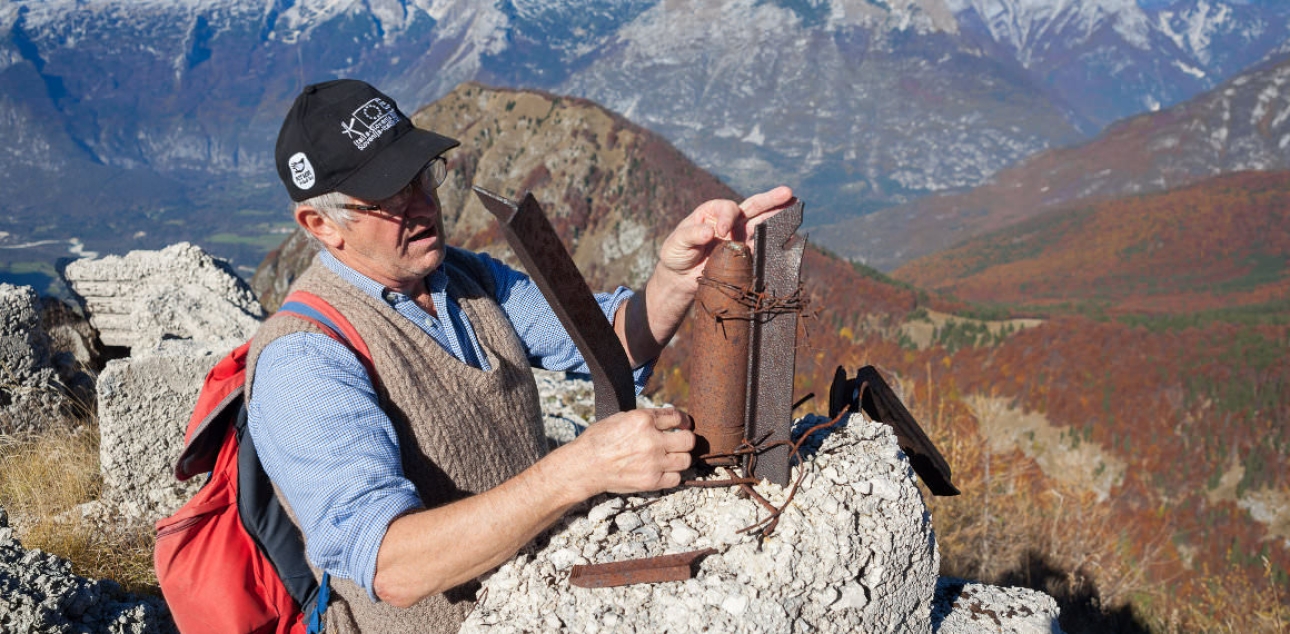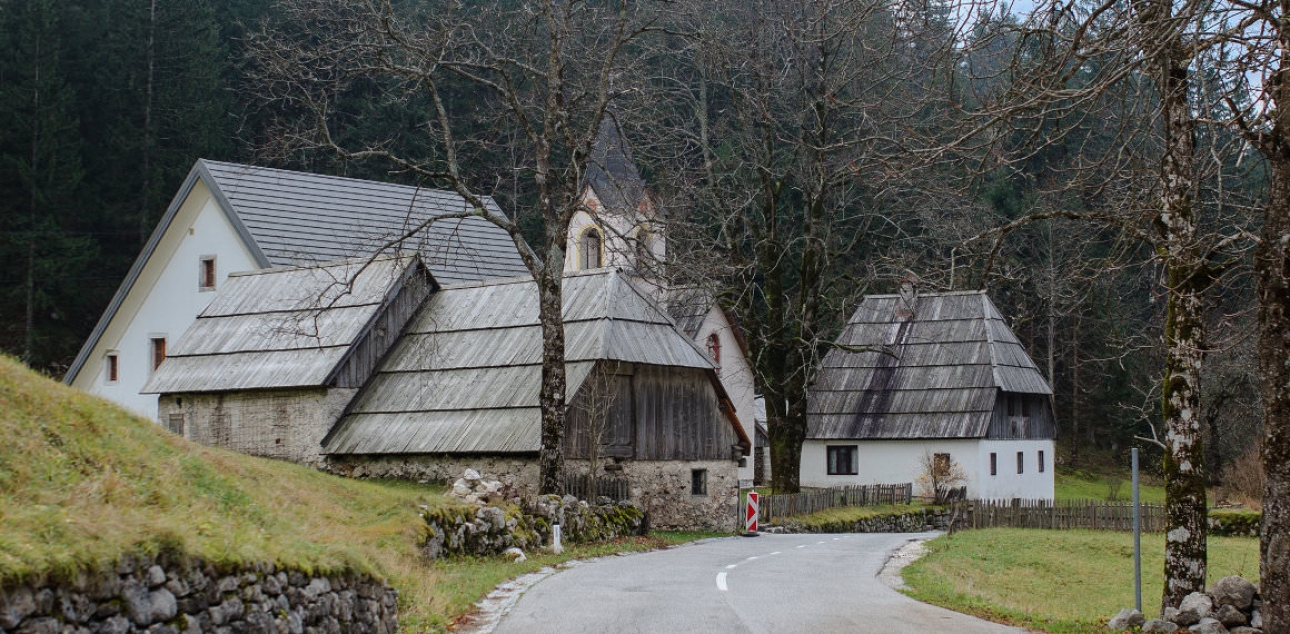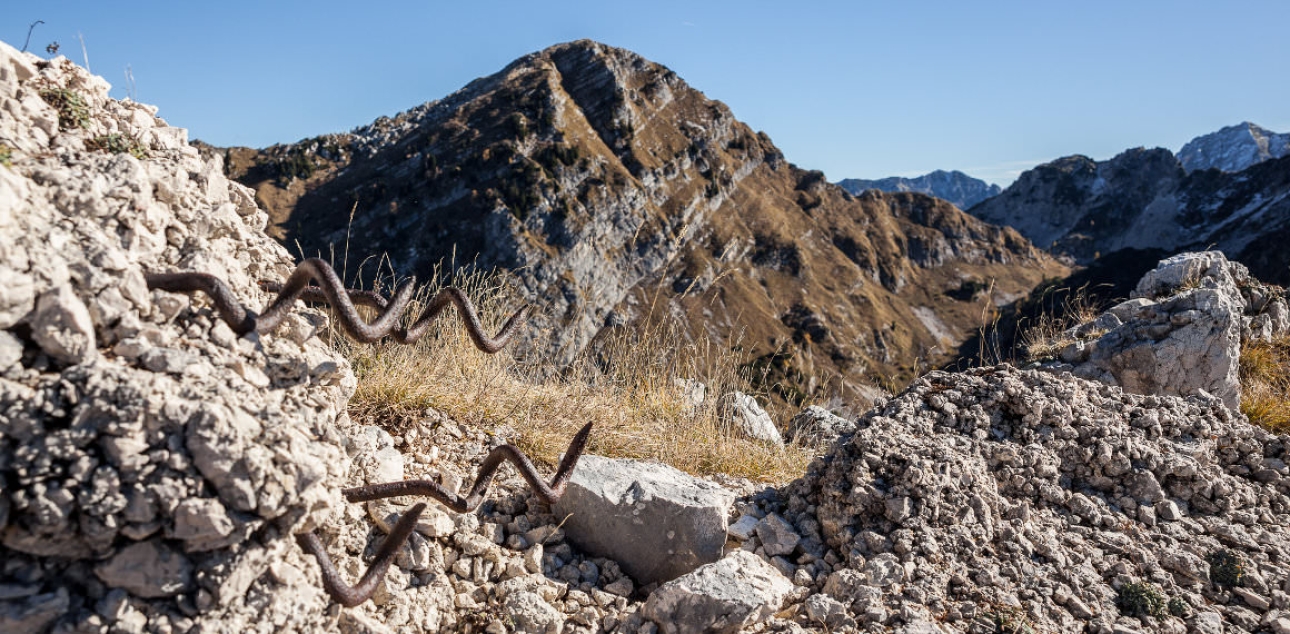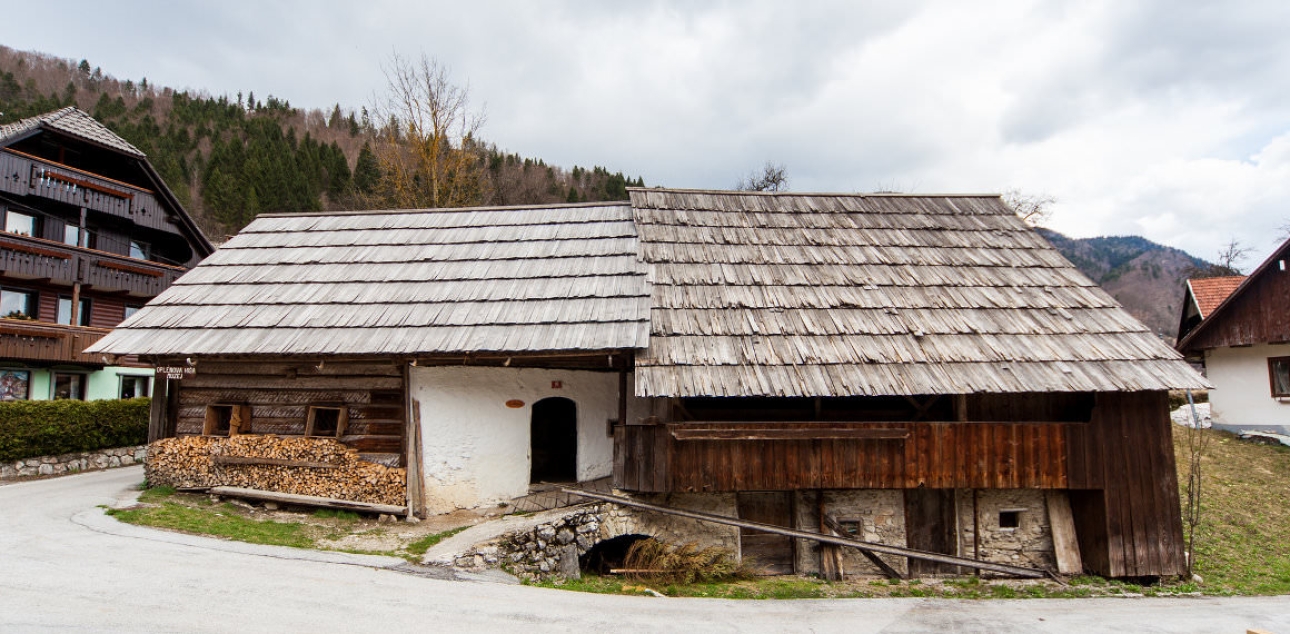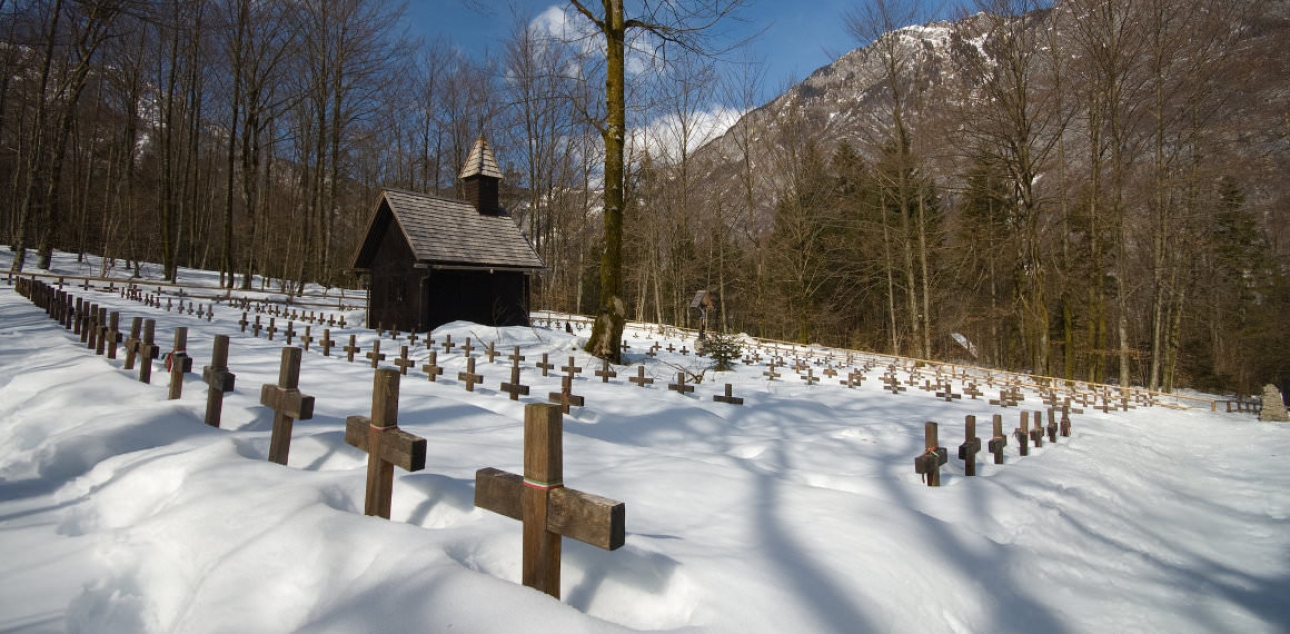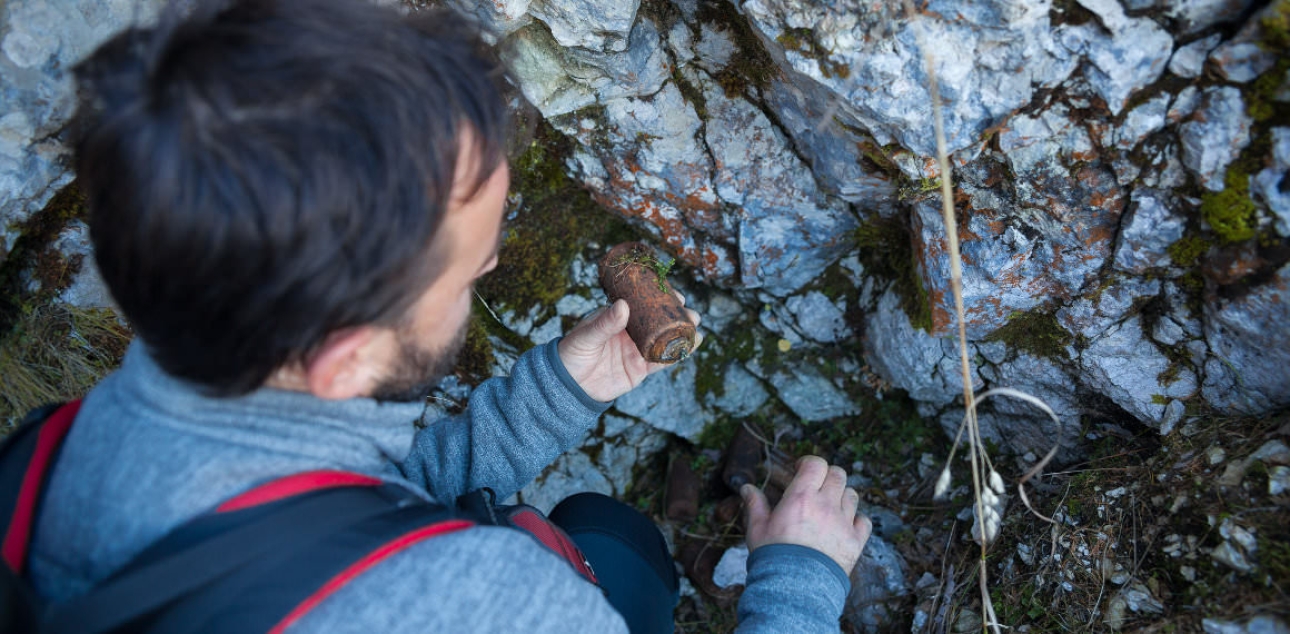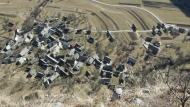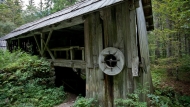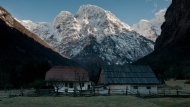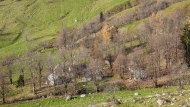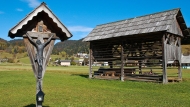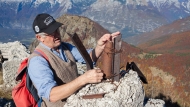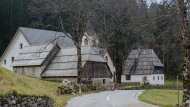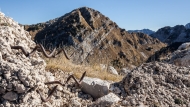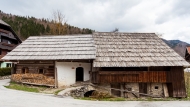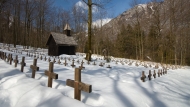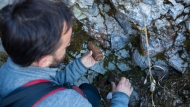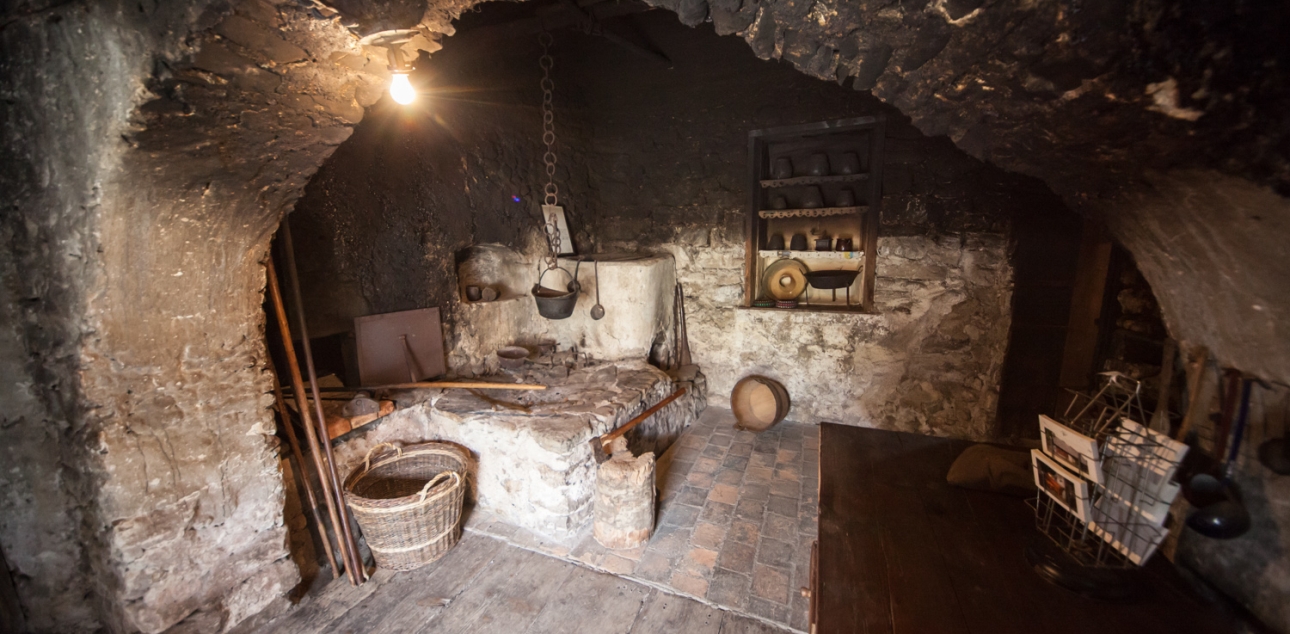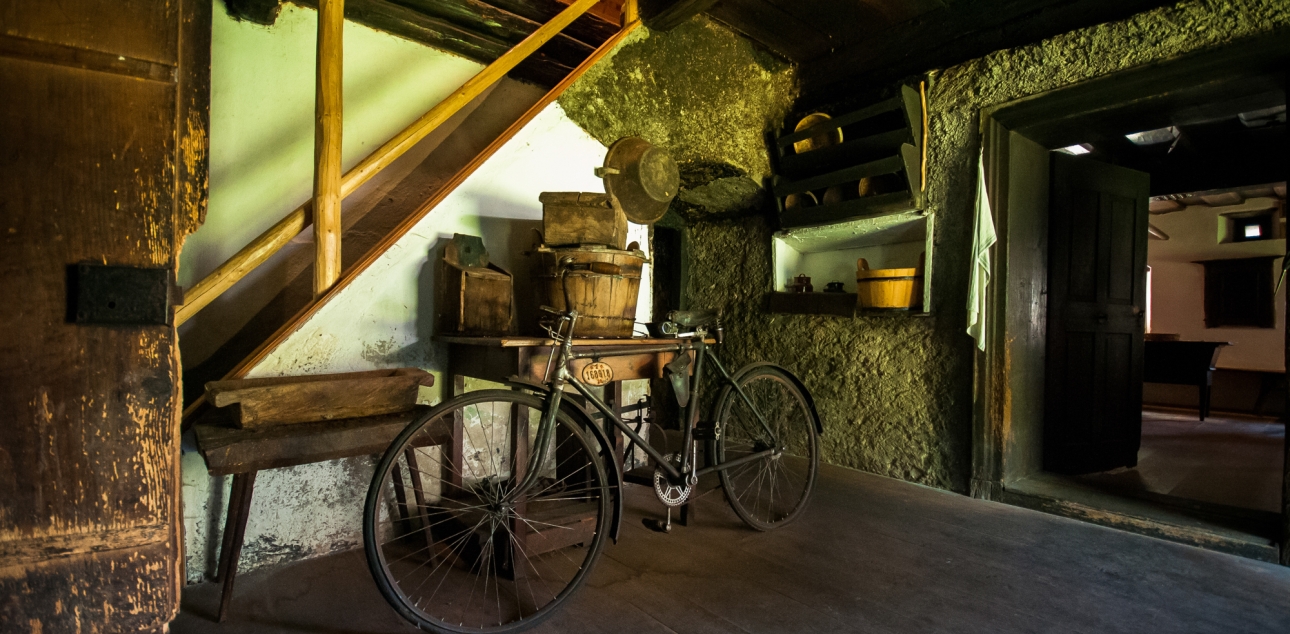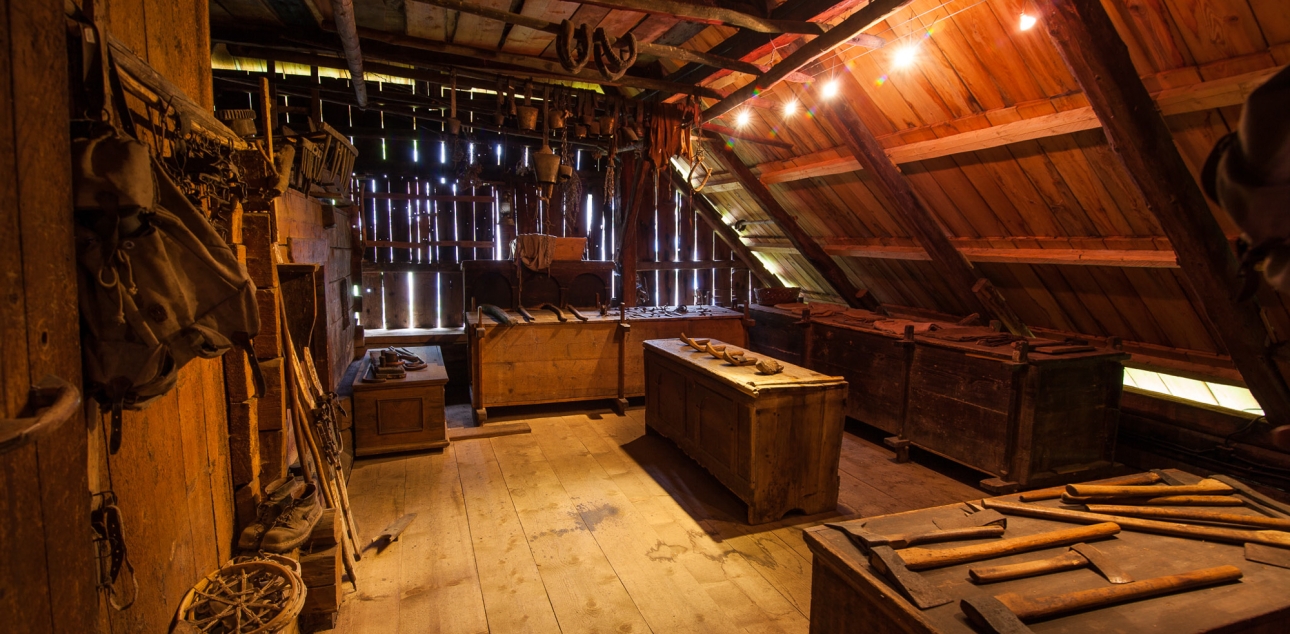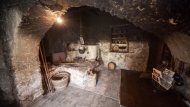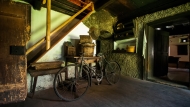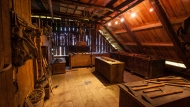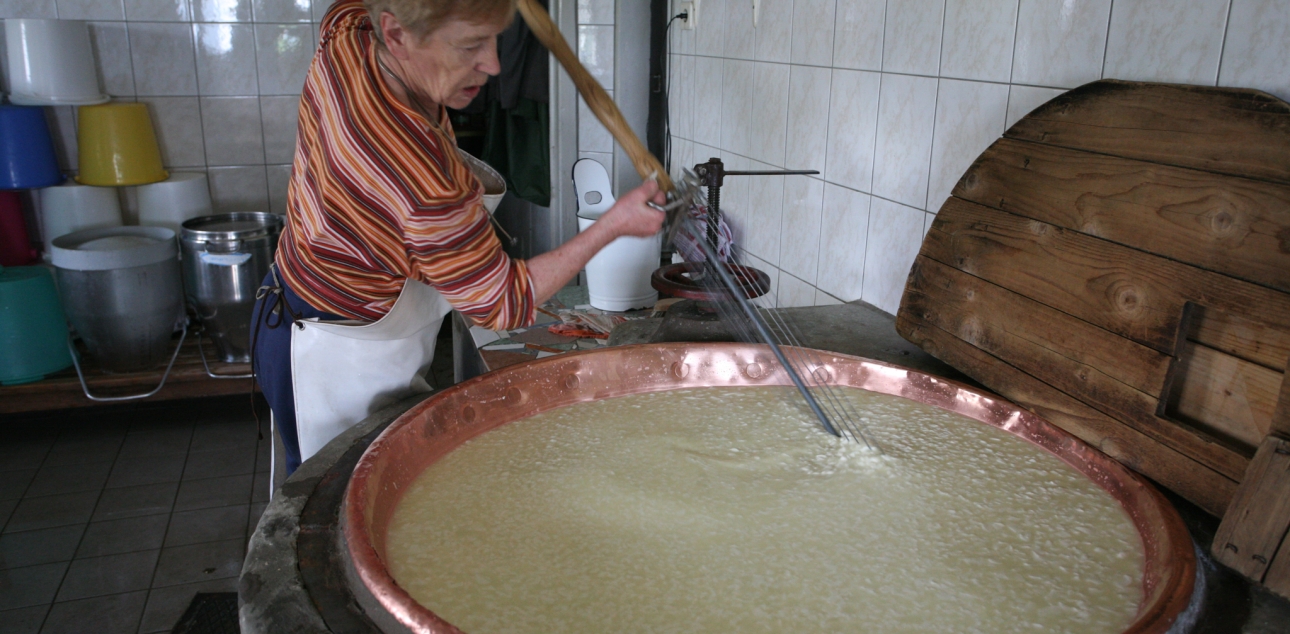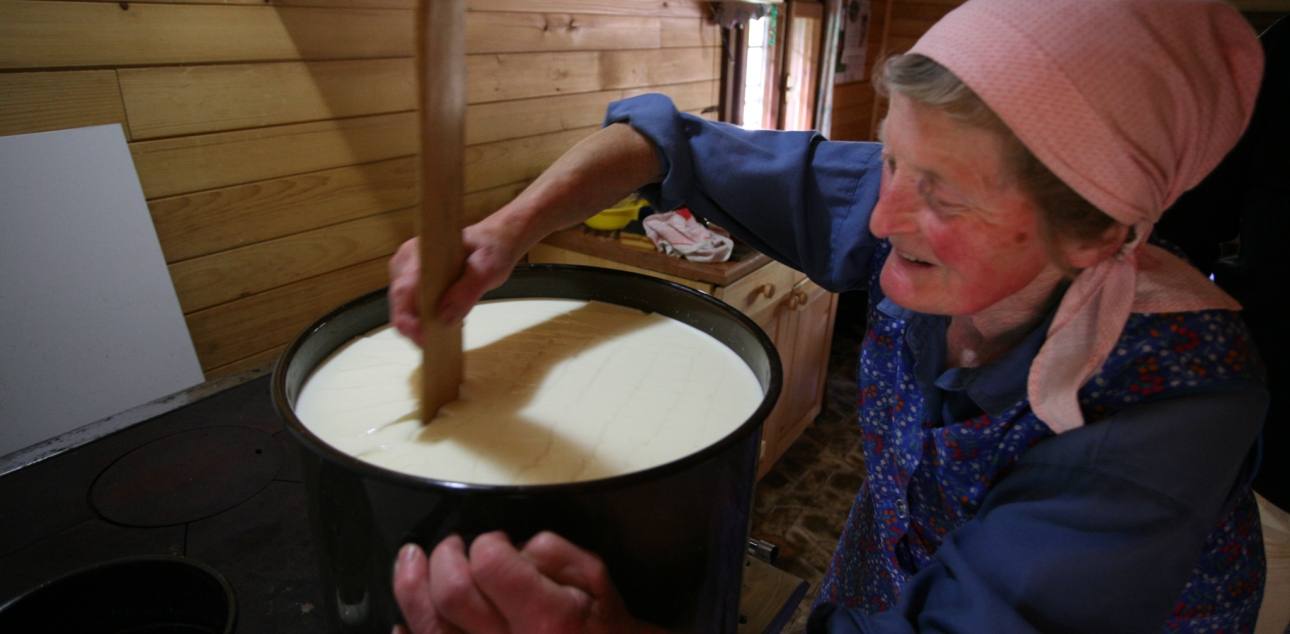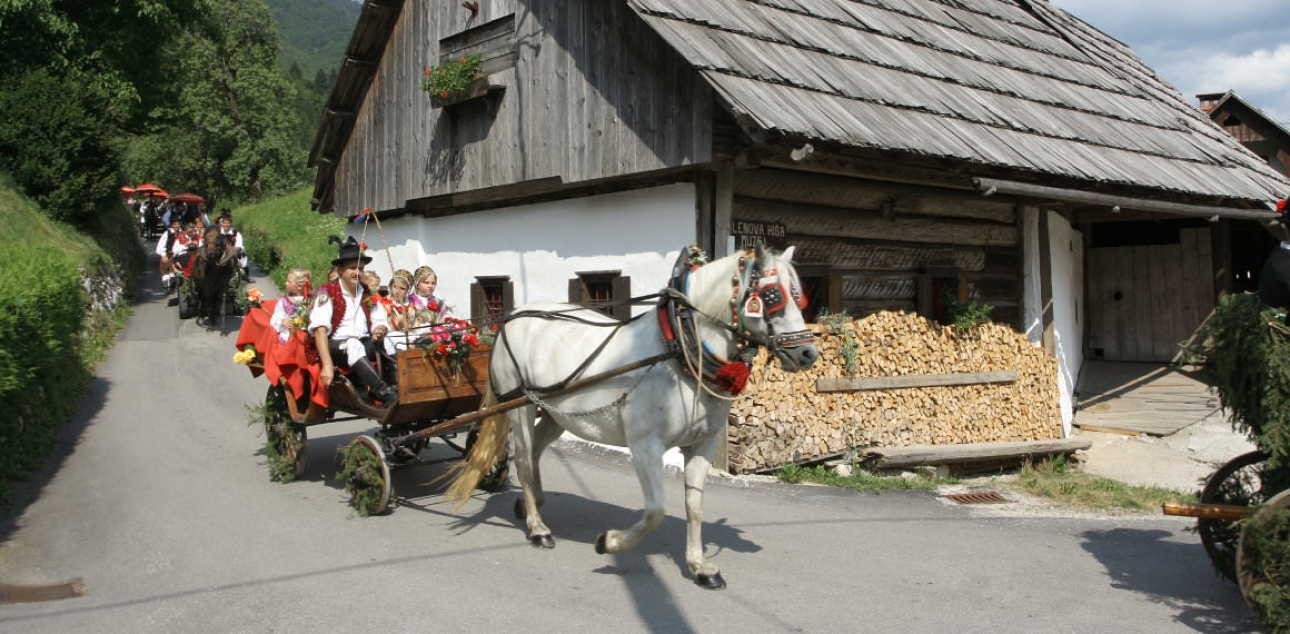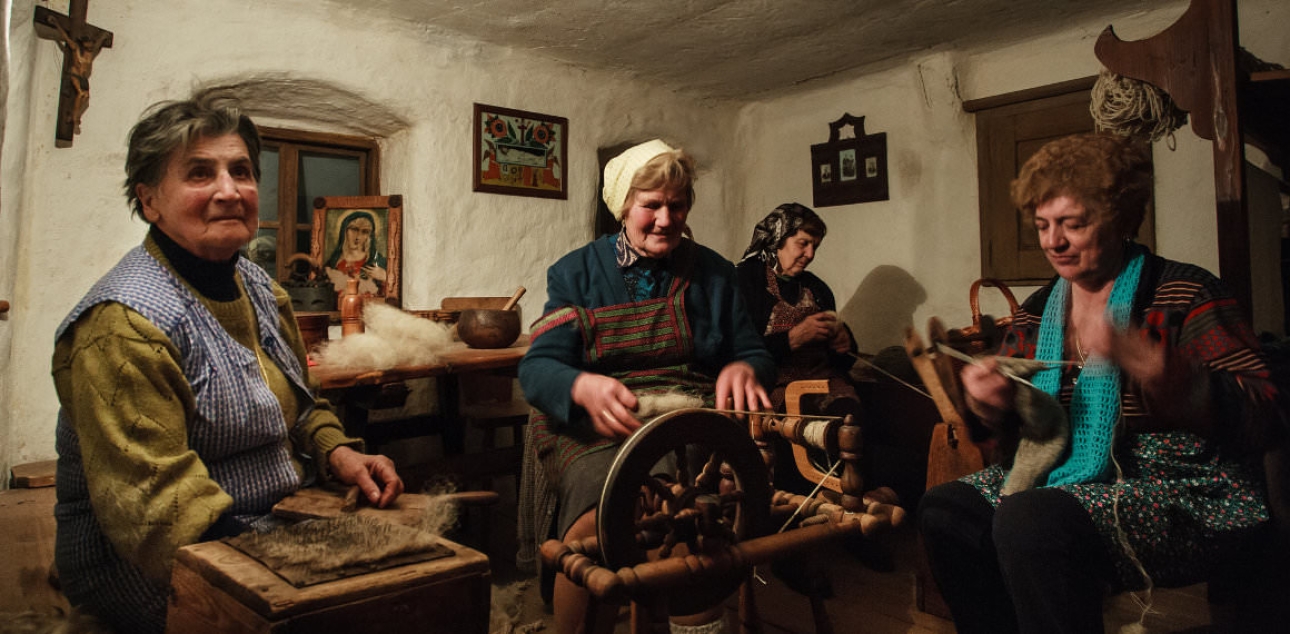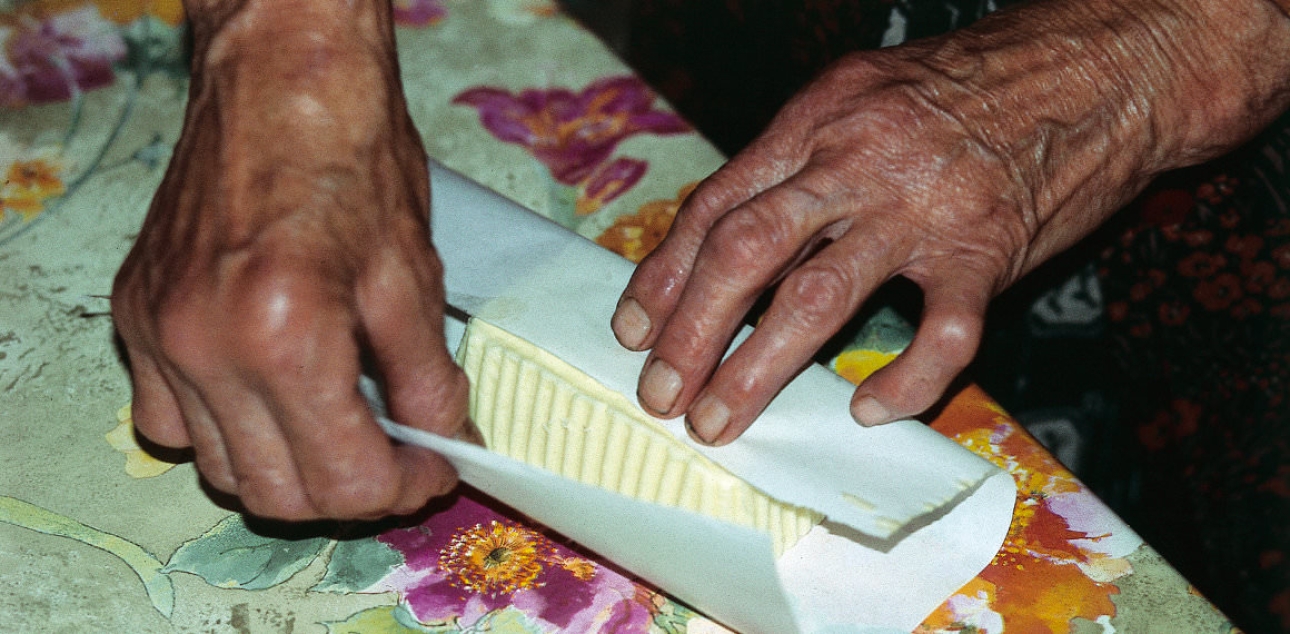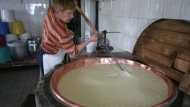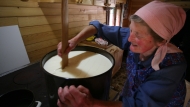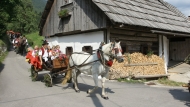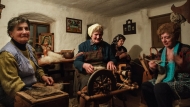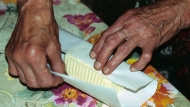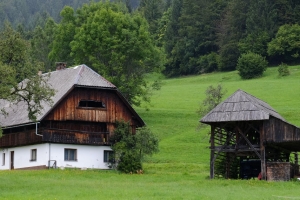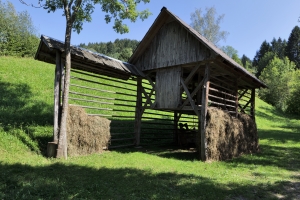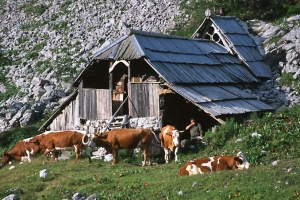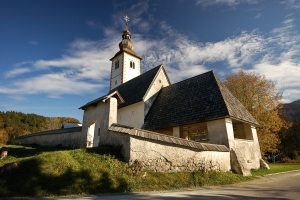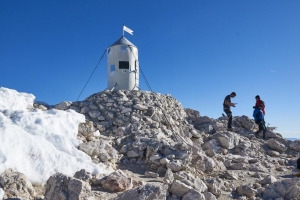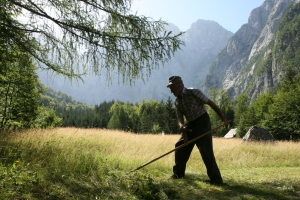The cultural heritage of the Triglav National Park is very interesting, diverse and picturesque, because the park lies at the meeting point of different climates and cultures, each of which has left a mark on the cultural heritage of the area. Evaluation and preservation of the cultural heritage is an extremely demanding but rewarding task.
For Slovenia, the alpine cultural heritage is of utmost importance because it connects Slovenes with the family of alpine nations.
Immovable cultural heritage
In the Triglav National Park there are 365 sites of immovable cultural heritage, and another 35 that are currently undergoing the registration process.
Cultural heritage sites can acquire a cultural monument status, and cultural heritage of exceptional value can be recognised as a cultural monument of national importance. At present, the Triglav National Park has four such monuments: the Aljaž Turret on the top of Triglav, the Pocar Homestead in Zgornja Radovna, the memorial church of the Holy Spirit in Javorca and the Russian Chapel at Vršič.
Fifteen cultural heritage sites are classified as cultural monuments of national importance:
- the Kluže Fortress,
- the pastures of Fužina and Studor,
- the Triglav National Park,
- Leskovca – an alpine pasture settlement,
- Pokljuka: pastures of Javornik, Klek and Konjščica,
- the Predel fortress,
- Ribčev Laz – the church of St. John the Baptist,
- Rombon – a historical area,
- The house at 16 Studor,
- Studor in Bohinj – a group of hayracks in the evening,
- Studor in Bohinj,
- a homestead at Trenta 1,
- the Vršič pass – the Russian chapel.
Content-wise, immovable cultural heritage sites are divided into eight basic groups:
- secular architectural heritage: homesteads, sawmills, smitheries, mills, bridges, prestaje (a type of pastoral homesteads), farm outbuildings, manors, fortresses, villas, hotels, vicarages, the Aljaž Turret;
- memorial heritage: memorial tablets and plaques for WWI and WWII, military cemeteries or graveyards, monuments and memorial plaques dedicated to notable persons;
- settlement heritage: pastures and alps, village cores, hamlets, groups of hayracks;
- religious architectural heritage: churches, chapels, wayside shrines and crucifixes;
- archaeological heritage: archaeological areas, settlements, excavation sites, graveyards;
- cultural heritage: alps and TNP as a whole;
- historical heritage: areas linked primarily to the history of WWI;
- secular-religious architectural heritage: the interior of the Church of St John the Baptist in Ribčev Laz.
Movable cultural heritage
Movable cultural heritage is mostly stored in museums, galleries, archives and libraries. The area of the Triglav National Park is home to five museums: Gorenjski muzej Kranj (Museum of Gorenjska in Kranj), Gornjesavski muzej Jesenice, Kobariški muzej (Kobarid Museum), Tolminski muzej (Tolmin Museum) and Slovenski planinski muzej (Slovenian Alpine Museum), which is part of the Slovenian National History Museum.
The area also houses several museum collections: Oplen House in Studor, Alpine Dairy Farming Museum in Stara Fužina, Pocar Homestead in Zgornja Radovna, Trenta Museum at Dom Trenta in the Trenta valley, Cheese Making Museum in Kobarid, and the collections at the Kluže Fortress.
Intangible cultural heritage
Intangible cultral heritage in the Triglav National Park encompasses mainly oral traditions and folk literature, performances and presentations, customs and habits, knowledge and practices concerning the environment, and traditional craftmanship. Currently the national register of intangible cultural heritage lists two units that originate from the area of the Triglav National Park: otepanje, or New Year carrolling, in Bohinj, and making of mohant, a typical Bohinj cheese.
Thank you.

